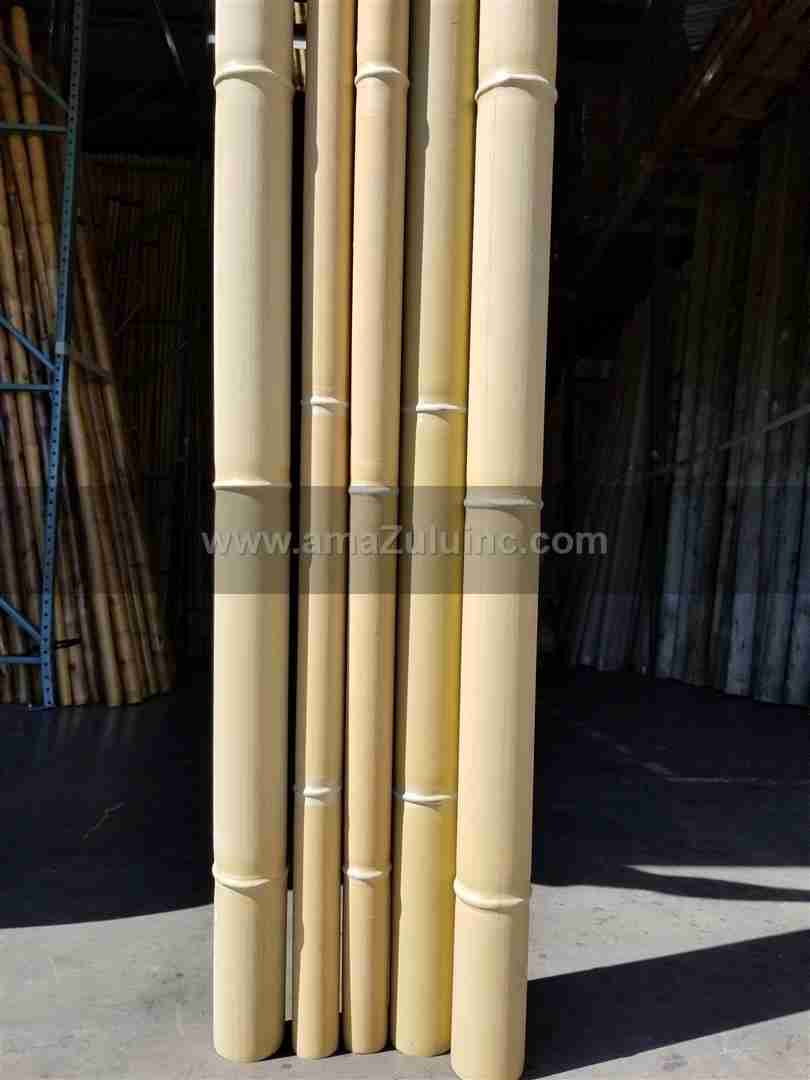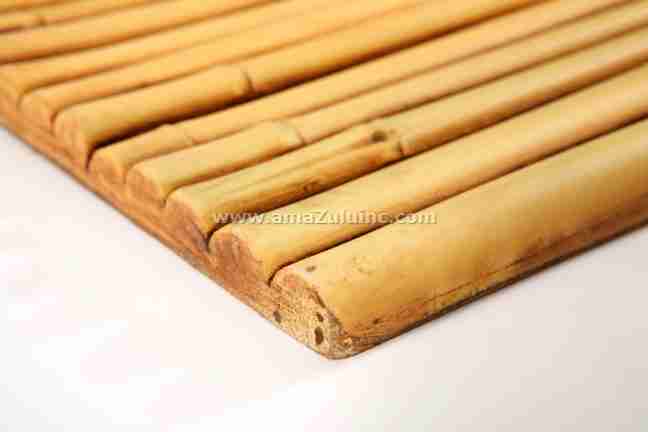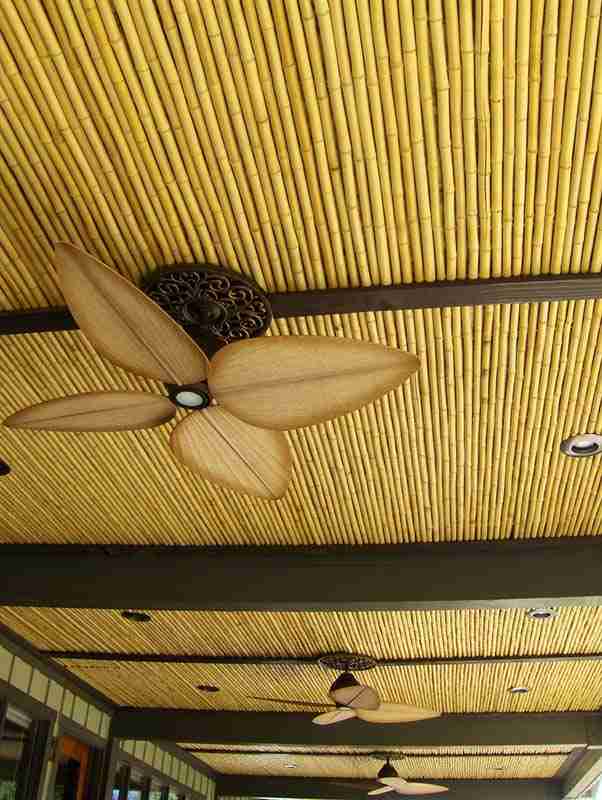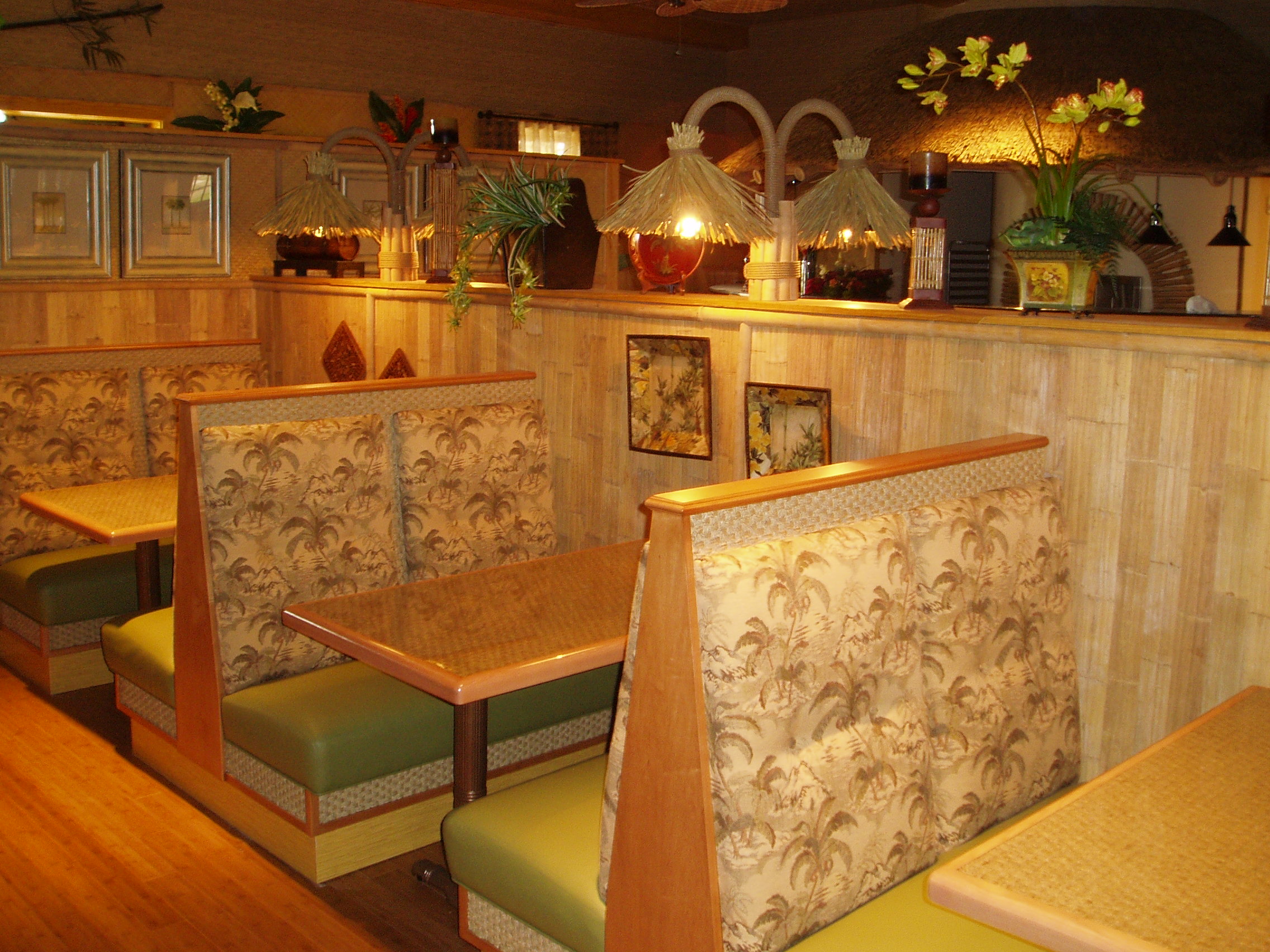When it comes to theme parks and resorts, bamboo poles have it all: unique aesthetic appeal, sustainability, and versatility. With their natural beauty and rustic charm, bamboo poles create an exotic atmosphere that complements tropical and nature-themed designs. But many designers run into some challenges working with this material because of its uniqueness.
Bamboo is a type of grass, and despite its strength, it can be vulnerable to weather conditions such as moisture and sunlight. Without proper treatment and installation, bamboo may deteriorate faster than expected, leading to increased maintenance costs and reduced lifespan.
This guide provides practical tips for effectively using bamboo poles in construction projects. Whether you are building fences, trellises, or decorative elements, following these guidelines will help you maximize the benefits of bamboo while minimizing potential issues.
Tip 1: Understand the Limitations of Bamboo Outdoors
Although bamboo is a strong and versatile material, it is not inherently suited for prolonged exposure to outdoor elements. Because bamboo is a species of grass, it is prone to absorbing moisture, which can lead to rotting and decay.
Here are some recommendations for using bamboo outdoors:
- Regular Sealing: Apply a high-quality wood sealer every 2-3 years to protect bamboo from moisture and UV damage.
- Proper Drainage: Ensure that bamboo structures have adequate drainage to prevent standing water from affecting the material.
- Choose the Right Species: Opt for construction-grade bamboo that is specifically treated and designed for outdoor use to maximize durability.
Tip 2: Properly Install Bamboo Fencing
When installing bamboo fencing, it is crucial to avoid placing the poles directly on the ground, as this can lead to rapid deterioration due to moisture absorption. Bamboo fencing should be installed with care to ensure longevity and maintain its visual appeal.
“Bamboo is not made to go in the ground. It just isn’t,” says Tristan Ishtar, vice president of sales at amaZulu. “If you stick that in the ground, it just wicks up water, and in less than a year, it’s going to be mush.”
Here are the steps for proper bamboo fencing installation:
- Elevate the Fencing: Keep the bamboo fencing at least two inches above the ground to prevent direct contact with moisture. This can be done by attaching the fencing to a base made of treated wood or metal.
- Cut at the Nodes: When cutting bamboo for fencing, make sure the cuts are made at the nodes, which are the solid, natural joints in the bamboo. This prevents water from pooling inside the poles.
- Seal the Ends: After cutting, seal the ends of the bamboo with a water-resistant finish like Thompson’s WaterSeal to protect against moisture infiltration.
- Secure Properly: Use appropriate fasteners, such as galvanized screws or nails, to attach the fencing to the support structure, ensuring stability and resistance to wind and other environmental factors.
- Provide Adequate Support: Ensure that the fencing is properly supported with sturdy posts or frames to maintain its structure and prevent sagging over time.
By following these steps, you can ensure that your bamboo fencing remains strong and visually appealing, providing a durable solution for your construction projects.
Tip 3: Use Construction-Grade Bamboo
Choosing the right type of bamboo for your project is crucial to ensuring its success and longevity. Not all bamboo is created equal, and using low-quality bamboo can lead to disappointing results, especially in construction settings.
Differences Between Construction-Grade and Lower-Quality Bamboo
Construction-grade bamboo is specifically cultivated and processed to meet the demands of building projects. It is characterized by its thick walls, dense fibers, and strength, making it suitable for load-bearing applications. This type of bamboo is less likely to splinter, fray, or crack, even under stress.
In contrast, lower-quality bamboo, such as that found in some home improvement stores, often has thinner walls and is prone to damage. These varieties may work for decorative purposes indoors but lack the durability needed for outdoor or structural applications.
Recommendations for Commercial-Grade Bamboo
For construction projects, we recommend commercial-grade bamboo, like the kind offered by us here at amaZulu. This bamboo is treated to withstand the rigors of outdoor use and load-bearing applications. It can be handled similarly to dimensional lumber, such as two-by-fours, allowing for versatility in design and implementation.
amaZulu’s bamboo is also rated for construction purposes, ensuring you have a reliable material that will stand the test of time. Choosing high-quality bamboo reduces the risk of structural failure and enhances the overall aesthetic of your project.
“Most of the bamboo that’s on the market isn’t construction grade,” Tristan says. “If you try to use that type of bamboo, it’s going to fray, it’s going to splinter, and it’s going to just fall apart. Our stuff is industrial. It’s even rated for load-bearing applications. I tell people to just treat it like a two-by-four. Do whatever you want.”
Tip 4: Handle Bamboo with Care to Prevent Splintering
Proper handling and installation techniques are vital to preserving the integrity of bamboo poles during construction. Bamboo’s unique structure makes it susceptible to splintering if not handled correctly. Fracturing and splitting can occur if the material is mishandled, particularly when using lower-quality bamboo that lacks the necessary strength and density.
Here are some tips for handling and securing bamboo poles:
- Pre-drill Holes: Always pre-drill holes before nailing or screwing to prevent splitting.
- Use Sharp Tools: Ensure that all cutting and drilling tools are sharp to minimize rough edges and splintering.
- Secure Firmly: Use strong, galvanized fasteners to ensure the bamboo is securely attached without excessive force.
- Avoid Excessive Force: Apply consistent, gentle pressure when working with bamboo to prevent cracks and splits.
- Protect Edges: Sand down any rough edges to prevent splinters and enhance the bamboo’s appearance.
Tip 5: Maximize Bamboo’s Indoor Potential
While bamboo can present challenges in outdoor settings, it shines in indoor environments. Free from the damaging effects of moisture and sunlight, bamboo can last indefinitely indoors, making it a versatile and attractive choice for various interior design elements. Its natural beauty and sustainability make it an excellent option for creating unique and eco-friendly indoor features.
Here are some examples of how bamboo can be used indoors:
- Ceiling Treatments: Bamboo poles can add a rustic, natural touch to ceilings, creating a warm and inviting atmosphere.
- Wall Coverings: Use bamboo to create textured wall panels or decorative features that enhance the visual appeal of any space.
- Room Dividers: Bamboo poles make stylish and functional room dividers, offering privacy without sacrificing aesthetics.
- Furniture Accents: Incorporate bamboo into furniture designs, such as chair frames or table bases, for a distinctive look.
- Decorative Elements: Use bamboo in art installations or as part of decorative displays to add an exotic flair to your interior design.
By leveraging bamboo’s potential in indoor settings, you can create beautiful and lasting features that highlight its natural elegance.
Contact amaZulu for Expert Help with Bamboo Construction
Solid bamboo poles are an excellent choice for adding a sophisticated yet tropical look to both indoor and outdoor environments. With their dense walls, these bamboo poles provide added durability and resistance to splitting, making them ideal for a variety of construction projects. Whether you’re building bar fronts, bamboo fencing, or ceiling treatments, solid bamboo poles offer the versatility and strength you need.
AmaZulu offers high-quality solid bamboo poles that are available in natural and half-round/split variations. With wall thicknesses ranging from 60 to 99 percent of their diameter, these poles are designed to withstand climate variations and resist insect infestations, thanks to their pressure-treated and chemically-soaked composition. Their natural coloring, ranging from shades of tan to honey, adds an authentic touch to any installation.
The benefits of solid bamboo poles are numerous:
- Durability and Density: The extremely dense walls minimize splitting, ensuring the longevity of your construction projects.
- Versatility: Suitable for both indoor and outdoor applications, these poles can be used in a wide range of projects.
- Sustainability: Bamboo is a sustainable material that grows faster than trees, making it an eco-friendly choice for your construction needs.
For more information on how amaZulu’s solid bamboo poles can enhance your construction projects, or to request a quote, contact us today. Our team of experts is ready to provide guidance and support, ensuring you have the right materials for your needs. Let us help you bring your vision to life with our high-quality bamboo solutions.




